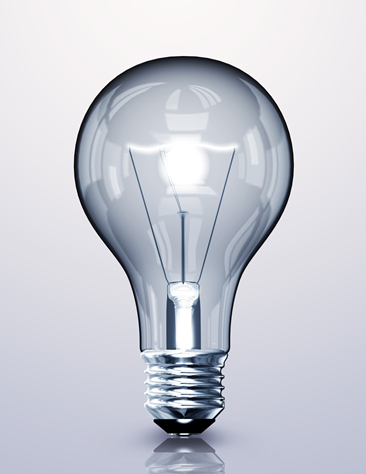America is to phase out traditional 100-watt incandescent light on Jan. 1, but it seems to take a time to adapt to the transition.
According to the bipartisan law mandating the phaseout, which President George W. Bush signed in 2007, it takes to three steps to phase out incandescent lights. The first to go, beginning on Jan. 1, is the traditional 100-watt, followed in January 2013 with the 75-watt version and in January 2014 with the 40-watt and 60-watt bulbs. However, Edison's 100-watt bulb will still be available for a while, as the law announces that the bulbs can't be manufactured or imported after Jan. 1, but allow stores to sell them until stock runs out.
And the Federal Trade Commission, effective Sunday, requires that all newly made or imported bulbs carry labels on the front and back of packages that list brightness (or lumens), estimated yearly cost and life span as well as its color (or light appearance).
However, don’t expect incandescents to suddenly disappear from store shelves. As in California, which implemented the efficiency standards a year earlier, it took several months for the 100-watt bulbs to exit stores.

Major manufacturers and retailers say they'll hew to the efficiency standards even though Congress passed a one-year spending bill earlier this month that bars the Department of Energy from spending to enforce them through the end of September 2012.
According to an October survey of 303 adults conducted for lighting company Osram Sylvania, there are still a third of Americans, who say they prefer traditional bulbs. One in eight, or 13%, say they'll stockpile Edison's 100-watt bulbs.
Maybe for American, Edison's 100-watt bulbs are too impressive to phase out immediately, but it’s tendency, so let’s wait and see what happens in New Year.












